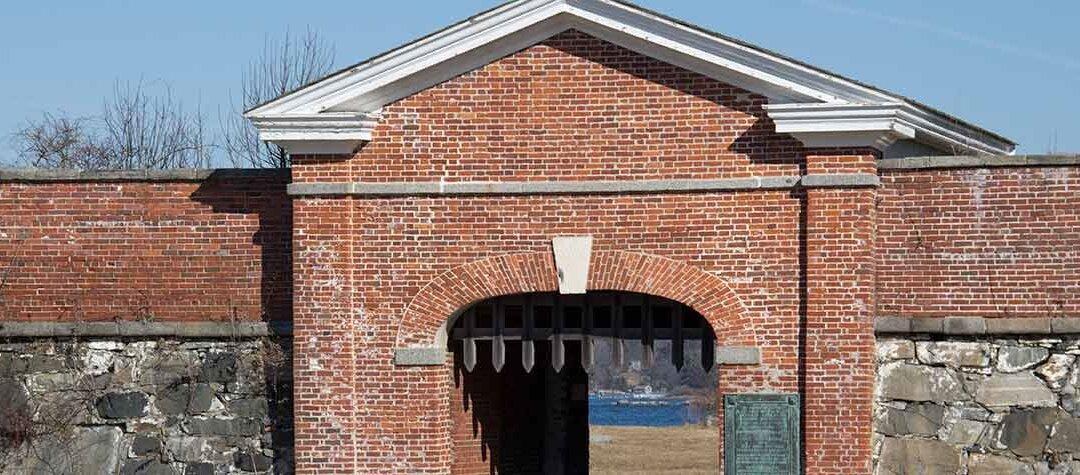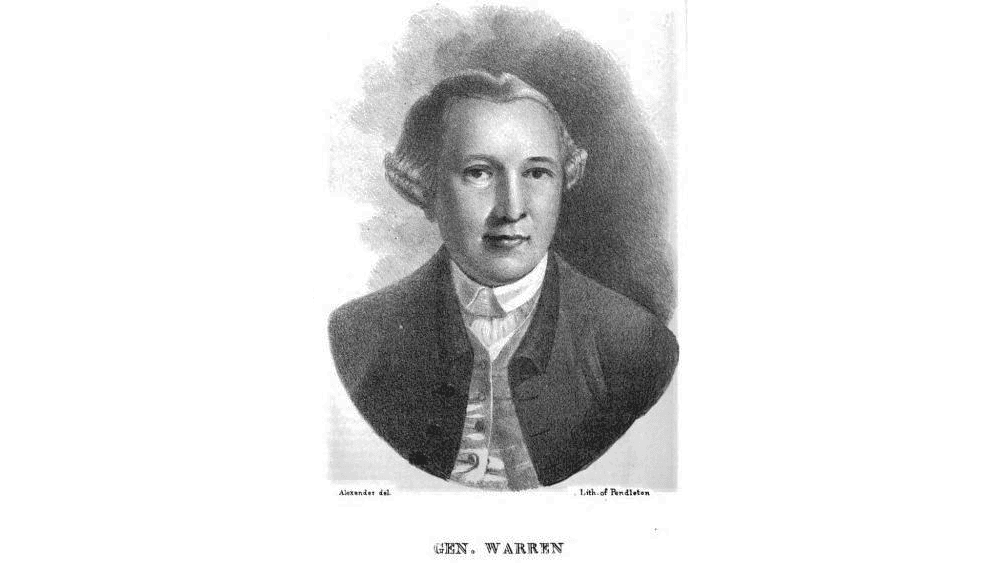At 10 p.m. on April 18, 1775, Paul Revere set off through the darkened streets of Boston. Dr. Joseph Warren had brought urgent news: British Regulars (Redcoats) were boarding whaleboats to cross the Charles River. Warren believed, though incorrectly, that their mission was to capture John Hancock and Samuel Adams in Lexington. He believed that the arms and munitions stored in Concord could also be targeted. For days, he had received reports of suspicious British troop movements.
Militiaman William Dawes left Boston earlier that evening via the Boston Neck just before British Lt. Gen. Thomas Gage, the military governor of Massachusetts Bay, ordered the city gates locked to prevent anyone from leaving. Dawes’s mission: to warn Hancock and Adams.

One If by Land, Two If by Sea
Revere, anticipating the city’s lockdown, had earlier arranged a signal system with allies across the river in Charlestown. One lantern in the Old North Church steeple would mean that the Regulars had mobilized and were taking the land route through the Neck; two lanterns meant that they were crossing by boats.The Old North Church

The Midnight Ride
Once in Charlestown, Revere was warned by Richard Devens, a member of the Committee of Safety, that British patrols were active on the roads. Mounting a horse named Brown Beauty, Revere quickly rode away. Within minutes, he was pursued by British horsemen, from whom he narrowly escaped.In Lexington, Revere arrived at the home of the Rev. Jonas Clarke, where Hancock and Adams were staying. He urged them to flee immediately. Dawes soon arrived, and after alerting Lexington’s militia, the two men, joined by Dr. Samuel Prescott, continued toward Concord, alerting every household along the way.

Once again, British officers set an ambush. Revere was captured; Dawes escaped but lost his horse, and Prescott managed to break free and ride on to Concord to sound the alarm.
Under interrogation, Revere told his captors that every town was fully aware of their mission and had all mobilized their militias. Soon, distant bells and musket fire confirmed his warning. The Regulars released him but confiscated Brown Beauty.
Revere made his way back to Lexington on foot and once again urged Hancock and Adams to flee at once. He then helped Hancock’s clerk John Lowell retrieve Hancock’s important papers from Buckman Tavern. They slipped away just as the Regulars arrived. In the distance, shots rang out—first one, then another, then a roaring volley of musket fire.

The Regulars’ Mission: Concord
Few knew that the actual British objective was the arms and munitions in Concord—not Hancock and Adams. As the Regulars marched, civilians hid or fled, while some were taken prisoner. Signal guns and alarm bells were heard from every direction. British Lt. Col. Francis Smith, leading the expedition, sent Maj. John Pitcairn ahead with six companies and then ordered an aide to ride back to Boston to request reinforcements from Lord Hugh Percy.As Pitcairn advanced, he encountered British officers who had earlier captured Revere. They warned him that the entire countryside was full of hostile militia.
At 4:30 a.m. on April 19, the Regulars reached Lexington. Houses lined the road, and onlookers gathered. Beyond the fork in the road lay Lexington Green—and assembled on it were 77 armed militiamen.
As they turned to leave, a shot rang out—no one knows who fired it. Chaos erupted. The British opened fire in volleys—filling the air with smoke. Some militiamen fired back; others scattered. A bayonet charge followed. Eight Americans lay dead or dying. Ten more were wounded.

Word of the bloodshed spread fast. Although some doubted the story, thousands of militiamen grabbed their muskets and marched toward Concord.
At Concord, Regulars searched in vain. Four companies crossed the North Bridge toward Col. James Barrett’s farm in search of hidden weapons. Three companies remained to secure the bridge. Meanwhile, 400 militia gathered on the nearby hills, watching smoke rise from town. Not wanting their homes to burn, Barrett ordered his men to advance.
Capt. Walter Laurie, whose company was guarding the bridge, ordered his Regulars to the east bank of the river. As they struggled to form ranks, a single Regular fired. Others followed, killing two militiamen from Acton, Massachusetts. Militia Maj. John Buttrick shouted: “Fire, fellow soldiers! For God’s sake, fire!” The patriots returned fire. Two Regulars were killed; the rest fled as the militia gave chase. One wounded Regular was killed by a hatchet-wielding militiaman.
The Regulars who had searched Barrett’s farm returned empty-handed—only to find their comrades routed.

Between Concord and Boston lay a 16-mile gauntlet, now swarming with 4,000 furious militiamen. British officers became targets. Horses were used as cover. Wounded men were abandoned. With little food, water, or ammunition, the Regulars began to panic. Discipline collapsed. When they reached Lexington, they were close to surrender—until they heard artillery.
A 1,200-man brigade under Lord Hugh Percy arrived just in time, blasting artillery into the advancing militias and giving the exhausted Regulars cover. Percy seized Munroe Tavern to regroup his men. Then, in a brutal retreat, his force marched back to Boston—burning homes and barns as they went.
The fiercest fighting occurred in Menotomy, a village now called Arlington, Massachusetts. Patriots fired from windows, basements, and behind fences. At 78 years old, Samuel Whittemore killed three Regulars before being shot, stabbed, and beaten. Incredibly, he survived—living another 18 years.
By nightfall, Percy wisely led the remnants of his beaten force to safety through Charlestown. Militia leaders had not anticipated that escape route.
Boston would remain under siege for the next 11 months.







